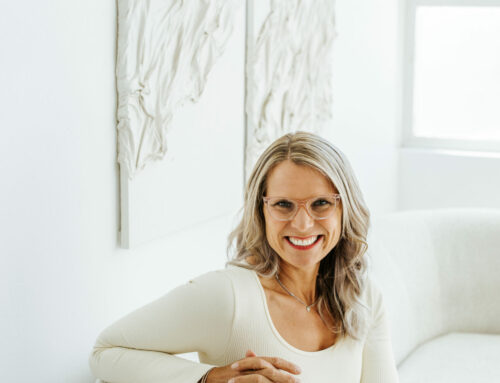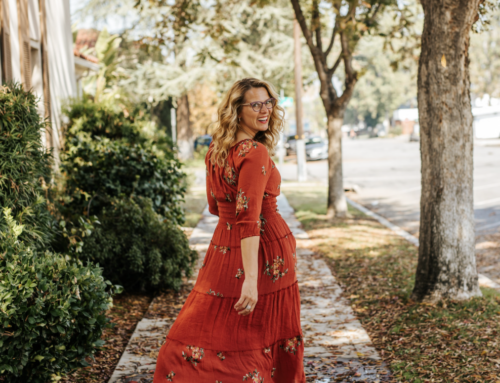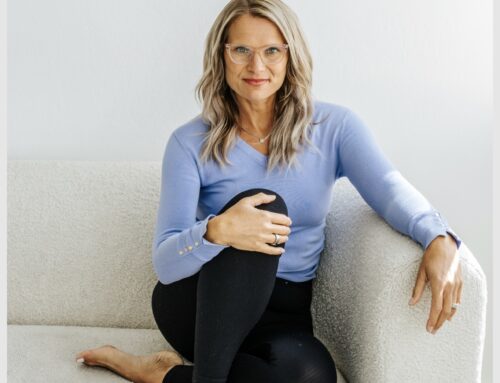Where did your ancestors live?
Most of us have a good deal of Eastern European in our genetic ancestry. And many of us are from more tropical climates.

In my office, I rarely see women who descend from people groups that lived in tropical climates. These women appear to have more metabolic flexibility than their Eastern European-derived sisters.
This means they can eat more carbohydrates and more sugar since their ancestors have been eating that way for millenia. Fruit, roots, tubers, vegetables, and lean meat can solidly support the nutrition needs of our equatorial-based ladies.
These women also usually convert sunlight to Vitamin D well. They tend to keep plenty of Vitamin D available in their bodies, and this makes them less susceptible to autoimmune disease, depression, and other chronic illness.

While recent research shows no compelling evidence either for or against the use of sunscreen to prevent skin cancer, we can be sure that using chemicals on our skin to block ultraviolet radiation is a recent development in our history. Sunscreen wasn’t even used commercially until 1938.
Ancient peoples simply wore coverings to protect them from the sun.
Sunlight, of course, can damage the skin by creating DNA-altering molecules like hydroxyl and oxygen radicals.
These radical particles will promote oxidative stress in the body. According to Lobo et. al,
“A role of oxidative stress has been postulated in many conditions, including atherosclerosis, inflammatory condition, certain cancers, and the process of aging. Oxidative stress is now thought to make a significant contribution to all inflammatory diseases (arthritis, vasculitis, glomerulonephritis, lupus erythematous, adult respiratory diseases syndrome), ischemic diseases (heart diseases, stroke, intestinal ischema), hemochromatosis, acquired immunodeficiency syndrome, emphysema, organ transplantation, gastric ulcers, hypertension and preeclampsia, neurological disorder (Alzheimer’s disease, Parkinson’s disease, muscular dystrophy), alcoholism, smoking-related diseases, and many others.[17] An excess of oxidative stress can lead to the oxidation of lipids and proteins, which is associated with changes in their structure and functions.”
What causes dietary oxidative stress?
Diets high in refined carbohydrates, refined grains, sugar, accompanied by a sedentary lifestyle will lead to oxidative stress. It’s not popular to talk about in today’s plant-based (read: carbohydrate-based) nutritional circles, but Dr. John Yudkin was talking about sugar being the cause of inflammatory disease way back in the early 1960s.
Since there is not yet any published clinical research on animal-heavy diets leading to the reduction of inflammation, we will have to delve into the clinical practice of Dr. Blake Donaldson. Dr. Donaldson practiced medicine during the mid twentieth century, and published his book Strong Medicine in 1963.
Dr. Donaldson
After observing that an animal-food-heavy diet made for strong and disease-proof teeth, Donaldson decided if it’s good for the teeth, it’s good for the body. His New York private practice was filled with wealthy patients who had the time and money to spend on rich, sugary foods. Consequently, those same patients suffered from chronic fatigue, severe arthritis, debilitating skin infections, diabetes, and obesity.
When Donaldson mandated a red-meat heavy diet in every patient, he saw dramatic recoveries from every malady listed and more.
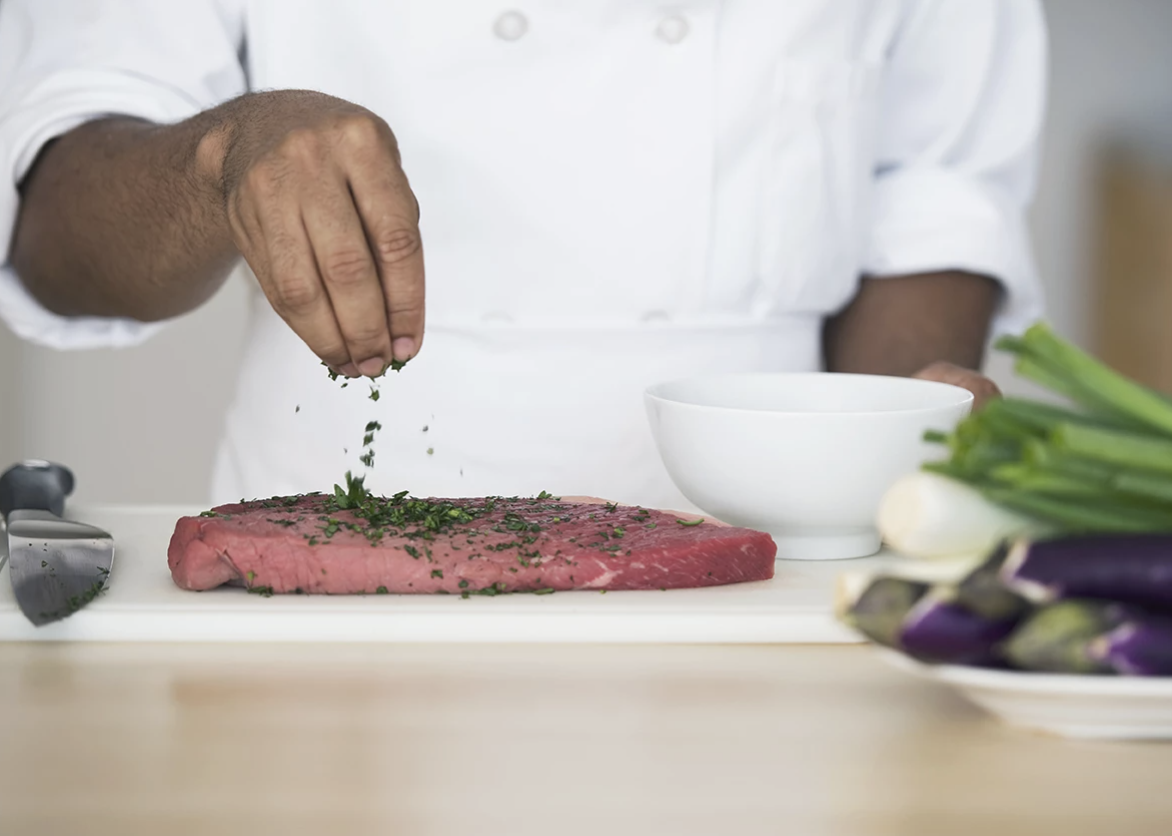
Essentially, Donaldson was removing the main source of oxidative stress in his patients- sugar. Since all carbohydrates turn to sugar in the body, he went an extra step further and reduced dietary carbohydrates as well. If his patient was young or of normal weight, small serving of fruit and root vegetables were allowed. But every patient had to eat three steaks a day and drink only water and coffee.
Donaldson was amazed. Everyone who stuck to his diet prescription got better.
Skin cancer is no different. Our ancestors spent plenty of time in the sun. We should, too! In fact, a cancer report from the World Health Organization found that the more regularly people were exposed to sun, the less risk of skin cancer they had. This is because the Vitamin D we get from the sun is in fact cancer-protective!
When your skin gets darker from the sun, you’re actually making Vitamin D. This is a good thing.
I recommend that my clients enjoy at least 20 minutes a day in the sun. An hour of Mediterranean sunlight is the approximate equivalent of 10,000 IU of Vitamin D- a very healthy daily amount.
If your diet is high in sugar and grains, it can be more dangerous for your skin to be outside in full sunlight. However, if quality animal products are the backbone of your diet, you can enjoy up to an hour or more a day of full sun exposure. The more exposed, the better. If you can be in your bathing suit or in your birthday suit (privately, of course!), you’ll reap the full benefits of vitamin D2.
In the liver, the body converts D2 to D3. This compound, D3, is used throughout the body to promote a healthy immune system, reduce risk of cancer and heart disease, and keep a normal metabolism thriving.
If your liver is not healthy, it’s possible the body won’t efficiently convert D2 o D3. You can support liver health with things like milk thistle, dandelion, or apple cider vinegar.



The sun is a gift! With a nourishing diet and a reasonable time spent exposed to the sun, you can spend plenty of time soaking up sunshine, knowing your body needs and loves the Vitamin D.
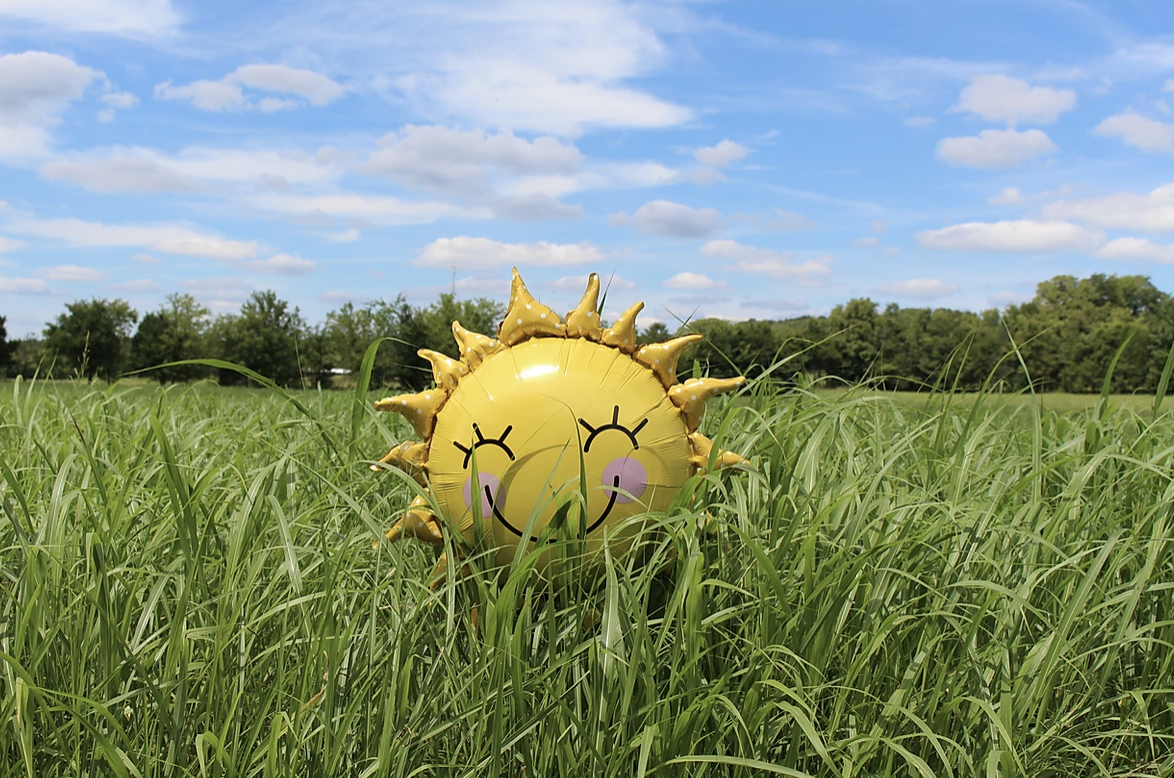
What’s your favorite thing to do while basking in the sun?



